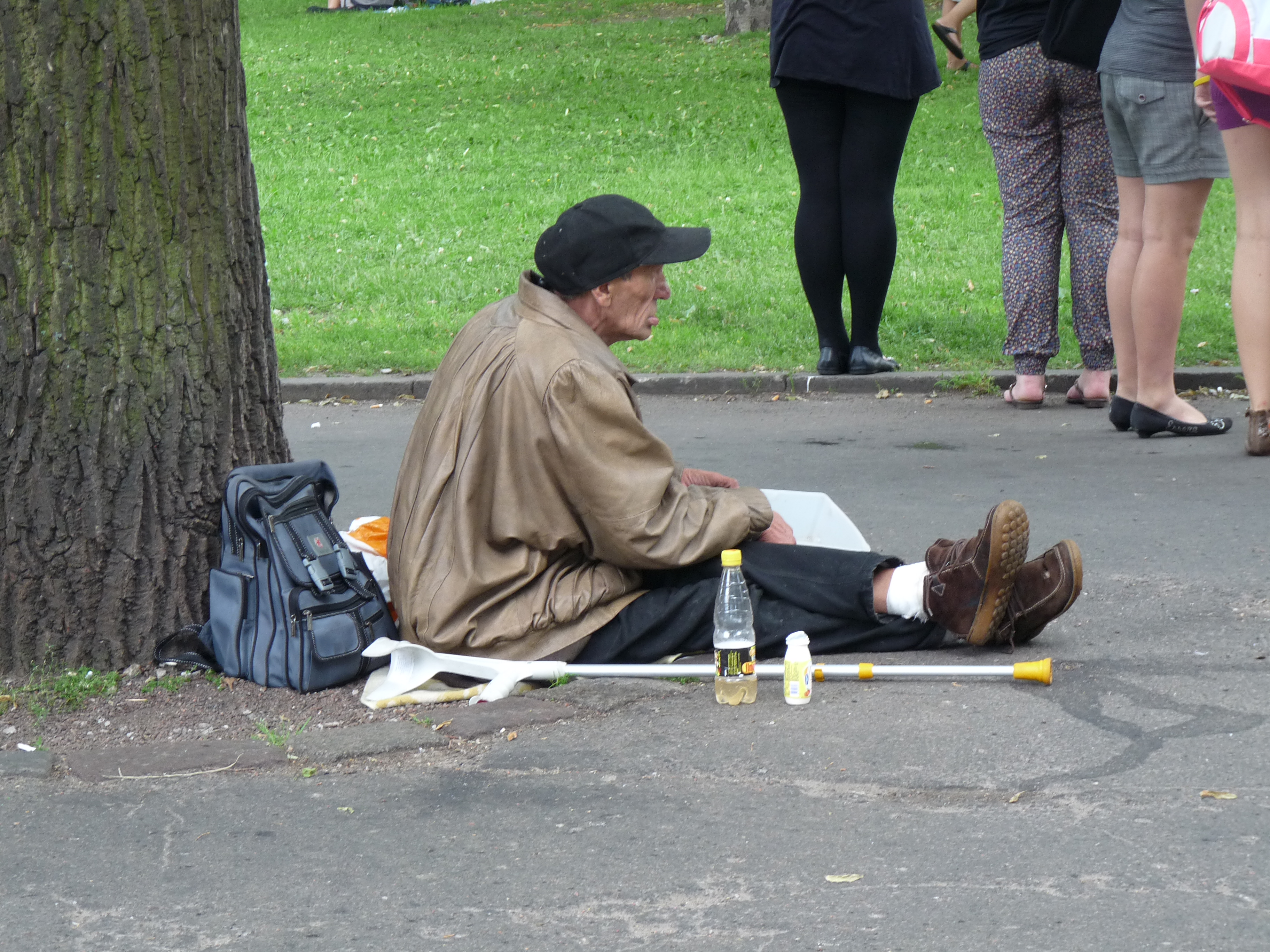What does the thought of the changing seasons bring to mind? When hearing of winter, do you in your mind’s eye see visions of snowmen and scarves, hot chocolate, or trees beautifully adorned with hoarfrost?
If so, you likely have a home.
As the temperature outside begins to drop, the cold is at the forefront of many homeless people’s minds, as well as those of the people attempting to aid them, as they prepare for another year of trying to survive the harsh conditions.
With shelters and services buckling down for the impending spike in people seeking help, workers are in the midst of preparing for another long winter, often with inadequate tools.
“We’re maxed out, to the point where people are literally in the halls to keep out of the weather,” said Keesha Daniels, manager of the Main Street Project, in an interview with the Winnipeg Free Press this past January.
“That’s wall-to-wall [sleeping] mats and everything. It’s never enough.”
It’s also not a situation that’s likely to improve much. It’s estimated that more than 20,000 Winnipeggers live some form of homeless lifestyle. The odds of Daniels’ 75-bed facility being able to accommodate everyone seeking refuge from the elements are slim.
Aside from the fact that the homeless tend to spend more of their time outside and exposed to the cold, research compiled by Suzanne Gessler, Christina Maes, and Ian Skelton for the 2011 Winnipeg Street Health Report (WSHR) indicated that many conditions that have been linked to inducing weather-related injuries—such as hypothermia—are significantly more prevalent in members of the homeless population than in that of the general Canadian puplic.
Furthermore, the presence of alcohol in one’s body poses a serious threat to a person exposed to cold temperatures. This raises concerns for the homeless, as 78 per cent of the WSHR survey’s respondents admitted to having at least one drink in the last year.
Recreational drug use—which is also linked to higher instance rates of weather-related injuries—is statistically high in the homeless population, with marijuana, Tylenol 3, crack, cocaine, sedatives, and opiates having regular usage rates of 41.3 20.7, 20.3, 18.3, 15, and 10.3 per cent respectively amongst those surveyed in the WSHR.
Winnipeg’s winter temperature, which ranges between 0 Celsius to -24 C during the coldest months of the year, is cold enough to freeze to death in. This is a risk posed during the day and night for those living on the streets, due to the fact that most Winnipeg shelters are only open for limited hours in the evening.
Brian Sinclair, now the subject of a provincial inquest due to his 2008 death in a Winnipeg emergency waiting room, lost both of his legs to frostbite in 2007 following prolonged exposure outside a Winnipeg church. In 2010, a 31-year-old woman died of exposure in a Winnipeg bus shelter after temperatures dropped as low as -20 C.

